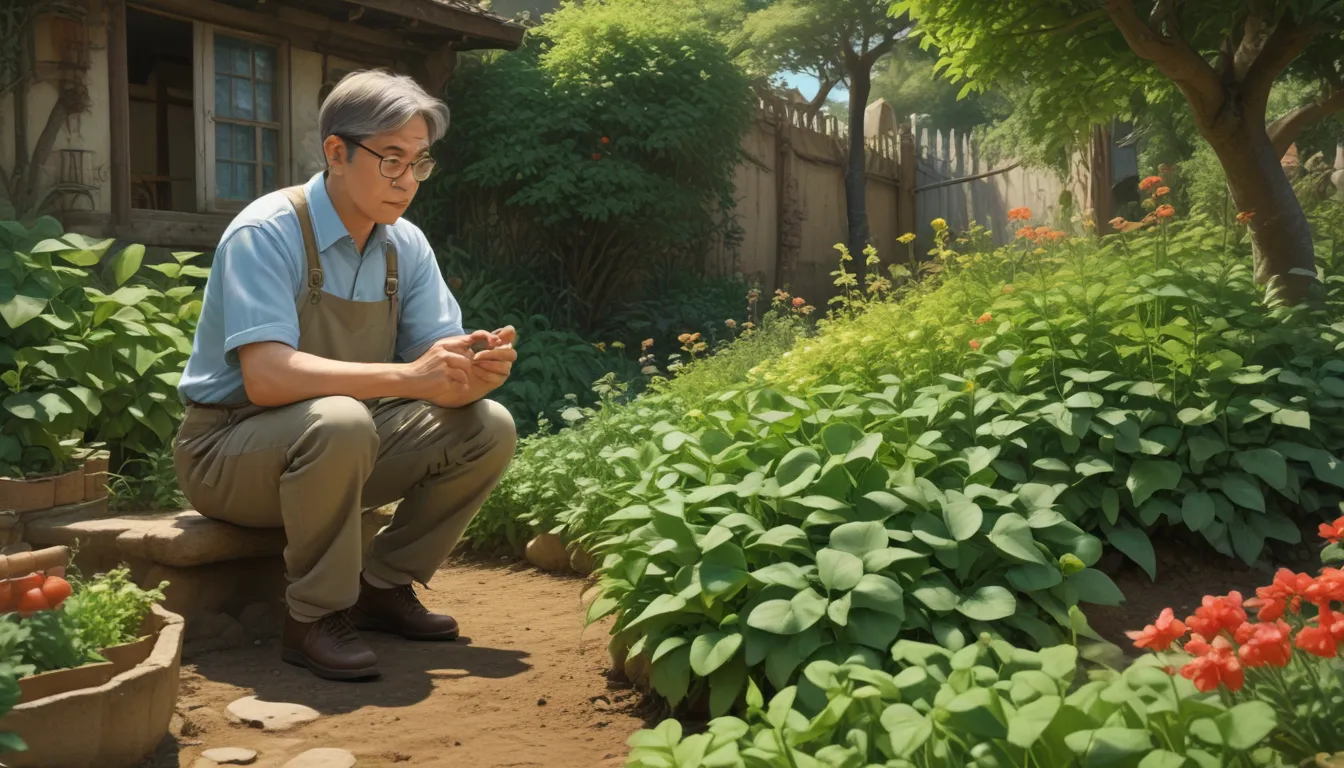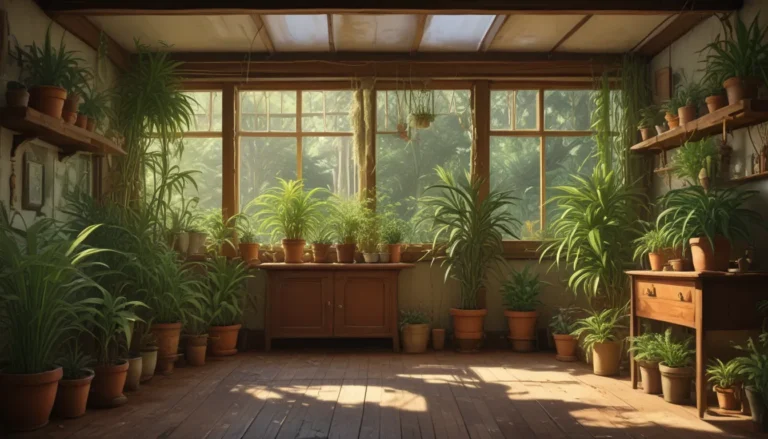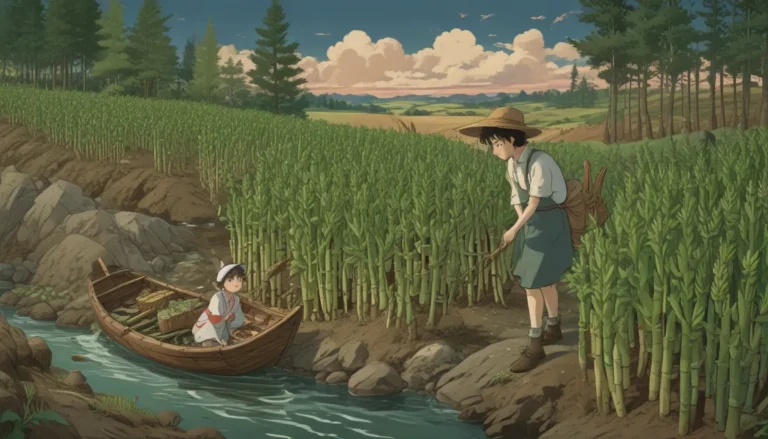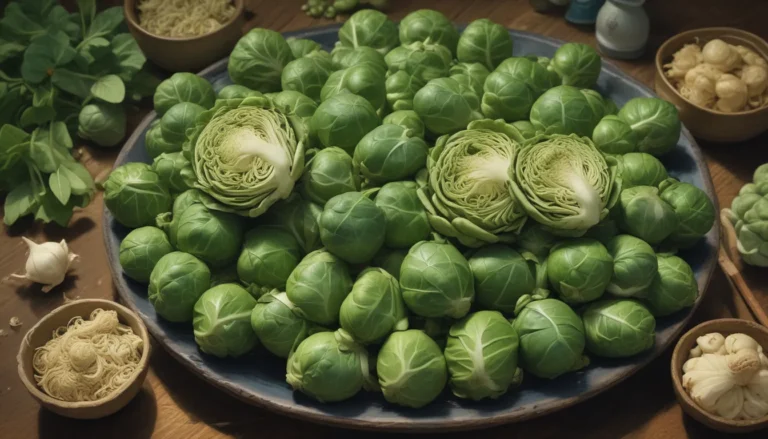Cultivating Lima and Butter Beans in Your Garden

Are you a home gardener looking to save money on groceries and enjoy the satisfaction of growing your own vegetables? When it comes to growing limas, also known as butter beans, in your garden, there are many benefits beyond just saving money.
With several Phaseolus lunatus cultivars available, growing your own butter beans gives you access to unique varieties that are hard to find fresh, frozen, or dried in stores. From shelled buff and maroon ‘Florida Speckled’ limas to other lesser-known heirloom varieties, planting your own butter beans ensures a fresh and reliable supply for cooking and preserving.
In this in-depth guide, I’ll walk you through everything you need to know about growing, harvesting, and cooking with both pole and bush varieties of P. lunatus. Let’s dive in!
What Is a Lima Bean?
Lima beans, a nutritional powerhouse packed with protein, fiber, and trace minerals, grow on bushes or vines similar to common beans. Unlike common varieties, limas are grown for their succulent seeds inside the green or dried pods.
These seeds vary in size, from quarter-inch spherical butterpeas to half-moon-shaped ‘Big Mama’ seeds. Larger seeds are starchier, while smaller “baby” types are more velvety in texture.
Originally from Peru, limas benefit garden soil by fixing nitrogen and adding biomass if tilled under at the end of the season. These legumes are disease- and pest-resistant, making them a great option for organic gardeners.
When compared to similar legumes like scarlet runner beans, kidney beans, or fava beans, limas have a unique flavor profile. Larger seeds have an earthy, baked potato-like texture when cooked, while smaller baby lima varieties are sweet and velvety with a vegetal flavor.
Cultivation and History
Originating in Peru, lima beans have a rich history dating back 7,500 years. Early domestication by the Moche tribe in Peru’s Moche River Valley provided a status symbol for the culture, with limas used in ceremonies and artwork.
Spread to Mexico, Spain, Portugal, and Africa over centuries, limas became a staple food in the American South, featured in dishes like Kentucky burgoo. Today, they’re commonly available canned or dried, with regional variations in cooking methods.
The introduction of bush varieties like ‘Fordhook’ in the early 20th century allowed for wider adaptation in colder climates, making it easier for home gardeners to grow limas.
Propagation
Before planting lima beans, consider whether to grow pole or bush varieties based on days to maturity and space requirements. Pole beans save space but take longer to produce, while bush beans mature quicker but spread more in the garden.
For best results, plant limas in full sun with well-draining soil and a pH of 6.0-6.8. Compost amendments can help retain moisture in the soil while reducing the need for additional fertilizer.
Plant seeds directly in the soil after the last frost, avoiding soaking the seeds before planting. Provide support for pole varieties and space plants 4-6 inches apart for bush types.
Watering, weeding, and harvesting are key tasks to ensure a successful lima bean crop. Provide one inch of water per week during hot weather and pick pods frequently to promote new growth.
How to Grow
Maintaining sufficient water and controlling weeds are vital for growing healthy lima bean plants. Adequate moisture helps plants resist disease and improves yields.
Weeding early in the season ensures plants have access to water and nutrients, while mulching can suppress weed growth. Harvesting mature pods regularly encourages continued production.
Managing pests and diseases, such as aphids, bean leaf beetles, Mexican bean beetles, and spider mites, requires proactive measures like encouraging beneficial insects and timely removal of infected plants.
Harvesting and Storage
Harvest fresh butter bean pods when the seeds are two-thirds full and the plants are dry. Avoid working with wet plants to prevent disease spread, and either cut or pull pods from the plants.
For dried beans, allow pods to dry on the plant before removing seeds. Store dried beans in a cool, dark place for up to two years for cooking or planting.
To store fresh pods, refrigerate them in a vegetable crisper for up to three days. Freezing shelled beans or cooked limas is also a convenient way to preserve the harvest.
Preserving
Preserve excess butter beans by drying them for a later source of seeds. Freezing fresh or cooked beans maintains their quality and flavor for long-term storage.
Canning butter beans requires a pressure canner for safety and should follow recommended procedures to prevent contamination.
Recipes and Cooking Ideas
Cooking fresh shellies or dried lima beans provides a flavorful and nutritious addition to various dishes. From steamed butter beans to succotash, there are endless ways to enjoy homegrown limas.
Experiment with replacing chickpeas in hummus, adding limas to soups and stews, or incorporating them into salads or main dishes. Freeze excess beans for future use and enjoy the taste of summer all year round.
Whether you’re a beginner or experienced gardener, growing lima beans can be a rewarding and enjoyable experience. Try different varieties, experiment with cooking methods, and savor the unique flavors of homegrown butter beans.
Incorporate limas into your garden plans for a bountiful harvest and delicious meals straight from your backyard. Share your favorite lima bean recipes and growing tips in the comments section below to inspire other gardeners on their culinary journey. Happy gardening!





